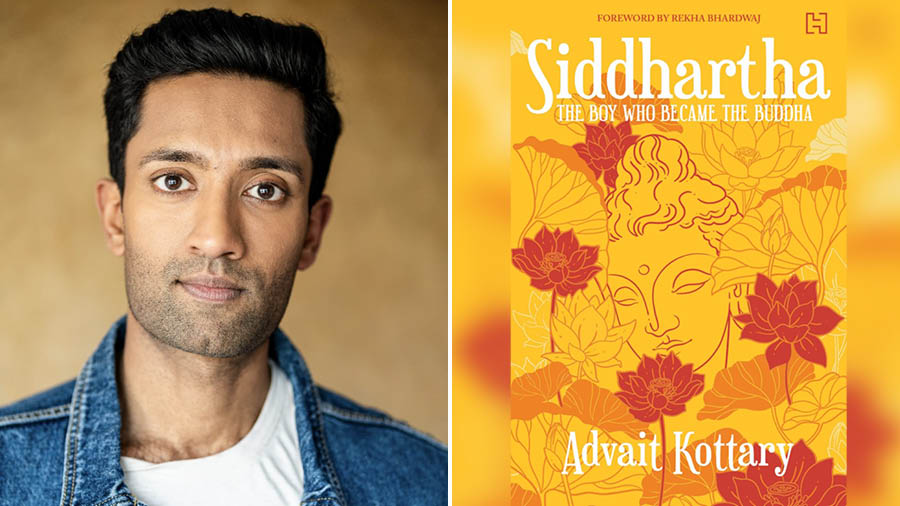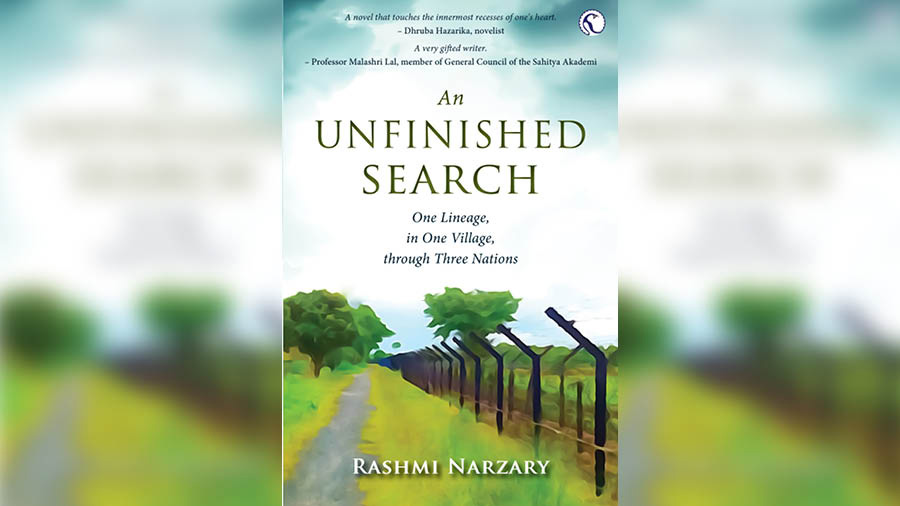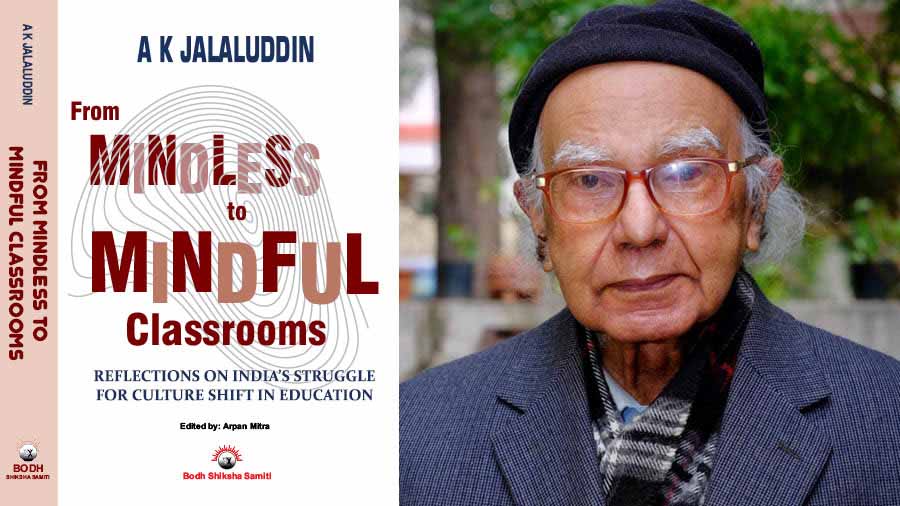What does the Buddha mean in a world riven by wars and fissures? More than 2500 years after he preached his eight-fold path, does his example matter to a world divided by multiple human-made constructs? In the wake of the many works on the Buddha over millennia, is there anything about his life and times that can be articulated afresh? Advait Kottary’s Siddhartha: The Boy Who Became the Buddha might provide a few answers to these questions. Many people have written about Buddha and Buddhism, but few have attempted to look at Siddhartha’s journey to Buddhahood through the prism that Advait Kottary does in his debut work of historical fiction. It is a remarkably well-imagined look at the life of, probably, the greatest man in the history of human civilization.
Here are ten things about the Buddha we glean from this book:
1. Siddhartha was raised by his mother’s younger sister Prajapati; his biological mother Mahamaya died shortly after giving birth to Siddhartha.
2. For years, while growing up, Siddhartha had no concept of aging and death, as his entire family dyed their hair to prevent him from being upset about old age, suffering and death. This was because his father Shuddhodana feared a prophecy made by the great sage Asita Muni that Siddhartha would either be a great monarch, or a great spiritual leader.
3. The Buddha foresaw his own death after eating poisoned mushrooms, and asked that they not be served to the rest of the bhikkus/monks present, shortly after consuming them.
4. Siddhartha spent nearly eight years in search of enlightenment, and put his body and mind through immense pain as he searched for answers.
5. Siddhartha nearly starved himself to death as he tried to make his body immune to its basic needs, and relented only when he was forced to eat by Sujata, an eighteen-year-old girl from the village of Uruvilla.
6. Guru Kondanna, who was his closest teacher while he was growing up in the palace walls of Kapilavastu, later became his disciple and joined him in his search for deeper truths.
7. Siddhartha struggled with the concepts of death, and mortality, so much so that when he first held his son in his hands, he was overcome with the transient nature of life. His first thought was how one day, his son too, shall pass.
8. Siddhartha had a very special relationship with his horse Chaitaka, who was the fastest horse in all the land. After Siddhartha left the palace in search of answers, Chaitaka mourned and refused to eat for several days.
9. Despite his aversion to killing and violence, Siddhartha was a fine warrior. He was well versed in ancient texts that showed the art of stunning and incapacitating opponents in combat, without having to kill them.
10. For a long time after their marriage, Yashodhara joined him in his quest for answers, but when it became very clear that Siddhartha would not find what he was seeking while living in the palace, she encouraged him to leave the palace confines. Her only request was that he left at night, while she was asleep, so that she wouldn’t have to watch him leave. Naturally, she couldn’t sleep that night, but pretended to, so that Siddhartha could leave in peace.
An excerpt from the book

Read here, the foreword to the book, by singer, Rekha Bhardwaj:
Good books have a way of finding you at just the right time, and they resonate with you so much more because of that. As you reflect on the text you are reading, you realize that not only do the words connect to what you are going through but that your lived experience informs the way you respond to the book.
So it was with Advait Kottary’s Siddhartha. I had just undergone a complicated eye surgery for retinal detachment and multiple tears. I was under complete bedrest for almost a fortnight. That was when I received a message from Advait, informing me about his maiden work of fiction. I remember being overwhelmed after I had read the prologue and first chapter. The impatience and despair I was feeling after my surgery faded when I imagined what the Buddha must have experienced to get to what he was seeking.
Reading Advait’s take on the Buddha took me through a whole range of emotions and insights. I particularly enjoyed the form Advait uses, starting with the enlightenment and his attempt at understanding the process that transformed Prince Siddhartha to the Buddha. Advait makes wonderful use of the cinematic device of parallel cutting to go back and forth between looking at the enlightened soul in the present, and the enlightened one looking at the journey that led him to this state. I was quite taken with the book’s visual approach. I could almost see events unfolding, and characters transforming, in front of my eyes. It is not easy to do that with the articulation of a spiritual quest, which is always internal. But Advait does it very well – he must have imbibed the genes of his mother, author and scriptwriter Gajra Kottary. All through I could sense the imagery behind the written word.
I rejoiced with the mother who gave birth to Siddhartha and cried with the mother who raised him. I travelled with Yashodhara, the wife who supported her husband through thick and thin. I felt the helplessness of his father dealing with his own fears and his dreams and ambitions for his son, which fall apart when the son decides to become a seeker. I sensed what made the characters tick – the transformation each one goes through and how each one shapes Siddhartha’s journey to becoming the Buddha. These are flesh-and-blood characters who come alive in Advait’s prose. I have read a lot about the Buddha, yet I felt I was reading something new. Advait sheds light on aspects of the Buddha’s life that you might be aware of, but you realize with a start that this is an entirely fresh take.
The book clearly involved a lot of research, but the storyteller in Advait never lets the researcher get the better of him. It is remarkable that someone as young as Advait has attempted to get to the core of someone as fathomless as the Buddha, and managed to do so with aplomb and yet understated grace. As a reader, I had a palpable sense of these characters and the transformation they experience, and I dare say that Advait must have experienced transformations in his own outlook to life in the process of writing this book. After all, how can one remain untouched by the unfathomable humanity of the Buddha?
In Advait’s take there’s hope even for Ajatshatru, who can seek the Buddha despite having killed his parents. If Devdutt can overcome greed and animosity in the light of the Buddha, so can anyone. That is one of the biggest takeaways of this book – the message that it is never too late to change. To be able to recognize your ego by watching your breath and thoughts, to let all this melt, to go within, and experience the world inside of you. Because the world outside is a reflection of the world within. Because you have to live through it all for grace to touch you.
Above all, this is a book that makes the Buddha accessible to everyone – young and old. The Buddha here is not an unattainable ideal, but a living practice. Advait’s voice is young, and the simplicity of his language will appeal to an impatient generation always looking to swipe to the next screen. For a generation that is faced with a bewildering array of choices, that is torn apart by forces beyond their control, that is impatient for the next illusory high, the Buddha’s life is worth emulating.
For the Buddha himself lived every choice, every illusion. His life was the crucible for his teachings. And Advait’s evocative prose is the perfect gateway for an introduction to this extraordinary life. The seeker in me would like to invite the seeker in you to experience this journey for yourself.
Buy the book here








